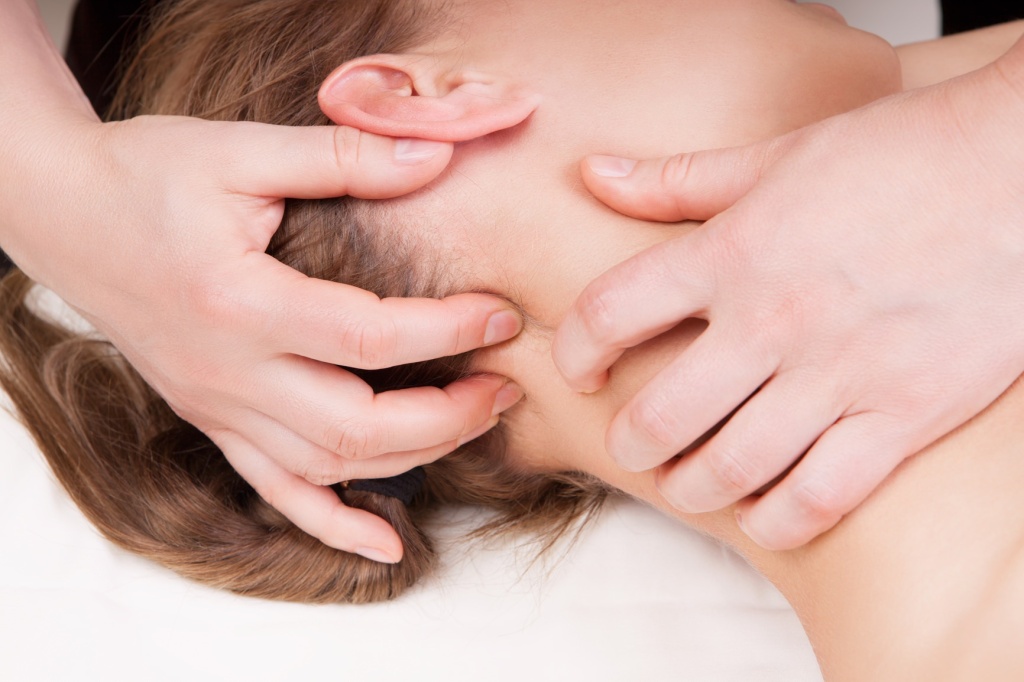Osteopathy


Osteopathy was founded by an American doctor, Andrew Taylor Still, over 130 years ago. Since then Osteopathy has spread first within the USA and England, later worldwide. Osteopathy is unique form of medicine, which is centered on manual diagnosis and treatment. The foundation for Osteopathy is based on anatomy, pathology, physiology, neurology, biomechanics and embryology.
The mobility of the entire body as well as the mobility of tissues, single parts of the body, organ systems and their interplay forms the principles of the osteopathy. Each part of the body, each organ and tissue requires the ability to move in order to function. The aim is to restore mobility by the use of manual techniques.
Examples of conditions treated:
- within the musculoskeletal system: Joint aches, sciatica (Nerve root whiplash, back pain, tendonitis, sports injuries
- within the visceral system: system: Digestive disorders, heartburn, scars and resulting from operations
- within the ENT (ear, nose and throat) system: Headaches, migraine, chronic otitis media, tonsillitis, dizziness, tinnitus, temporomandibular dysfunctions (jaw aches), bruxism
- within paediatrics: Misshapen skull or face following birth torticollis, scoliosis, hip dysplasia, reflux, digestive disorders, excessive crying
- during and after pregnancy: Back and pelvic pain, symphyis pubis sciatica, heartburn, preparation for birth and treatment postnatally, scars and adhesions as a result from operations
As a member of the Verband der Osteopathen Deutschlands (VOD), a German association of osteopaths, your treatments at Osteopathie Olching will be recognised by health insurance companies covering osteopathy.
In order to make sure that your health insurance covers the costs of osteopathy please contact your health insurance company.


